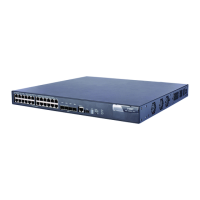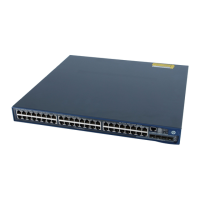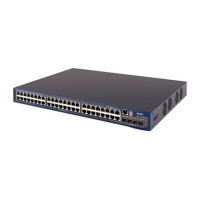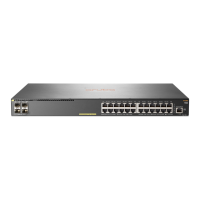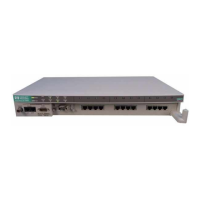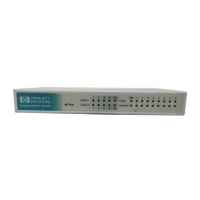101
Displaying and maintaining MAC authentication
To do… Use the command… Remarks
Display MAC authentication
information
display mac-authentication [
interface interface-list ] [ | { begin
| exclude | include } regular-
expression ]
Available in any view
Clear MAC authentication
statistics
reset mac-authentication statistics
[ interface interface-list ]
Available in user view
MAC authentication configuration examples
Local MAC authentication configuration example
Network requirements
In the network in Figure 37, perform local MAC authentication on port GigabitEthernet 1/0/1 to control
Internet access. Make sure that:
• All users belong to domain aabbcc.net.
• Local users use their MAC address as the username and password for MAC authentication. The
MAC addresses are separated by hyphens and in lowercase characters.
• The access device detects whether a user has gone offline every 180 seconds. When a user fails
authentication, the device does not authenticate the user within 180 seconds.
Figure 37 Local MAC authentication
Configuration procedure
1. Configure local MAC authentication.
# Add a local user account, set both the username and password to 00-e0-fc-12-34-56, the MAC
address of the user host, and enable LAN access service for the account.
<Device> system-view
[Device] local-user 00-e0-fc-12-34-56
[Device-luser-00-e0-fc-12-34-56] password simple 00-e0-fc-12-34-56
[Device-luser-00-e0-fc-12-34-56] service-type lan-access
[Device-luser-00-e0-fc-12-34-56] quit
# Configure ISP domain aabbcc.net to perform local authentication for LAN access users.
[Device] domain aabbcc.net
[Device-isp-aabbcc.net] authentication lan-access local
[Device-isp-aabbcc.net] quit
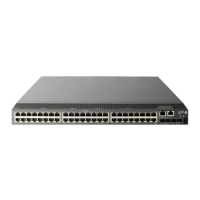
